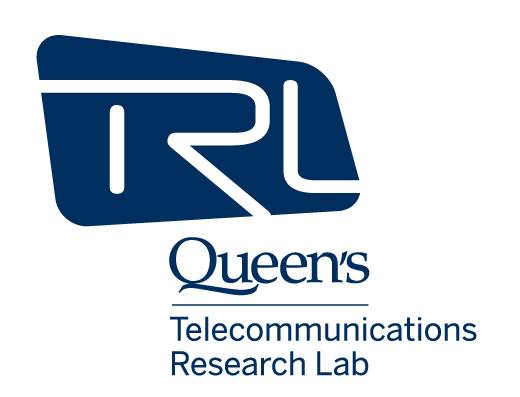Project Vision
The fourth-generation wireless broadband networks (4G WBNs) proposals aim to facilitate a user-adaptive service delivery that, in addition to persistently satisfying the traffic requirements of the different services, react to the mobile user’s preferences, activities and surroundings. A central goal in the design of future wireless networks is to provide widely flexible and very diverse Quality of Service (QoS) guarantees for the different types of offered traffic.Classical approaches that have been proposed and recently deployed to support multimedia traffic over wireless media are based on separation between the different networking layers and functionalities and do not respond well to architecture and channel variations. Future LTE and WiMAX 4G networks architecture is fundamentally different from existing heterogeneous networks. This research work brings together a group of research scientists, engineering personnel, and graduate students, to develop scientifically rigorous and practically deployable solutions to support future WBN service requirements. The plan includes tackling theory and design challenges in resource allocation and bandwidthmanagement, specifically for the large-scale integrated heterogeneous networks that are expected to be prevalent in 4G mobile communication systems.
Updated: Sept 19th, 2013



